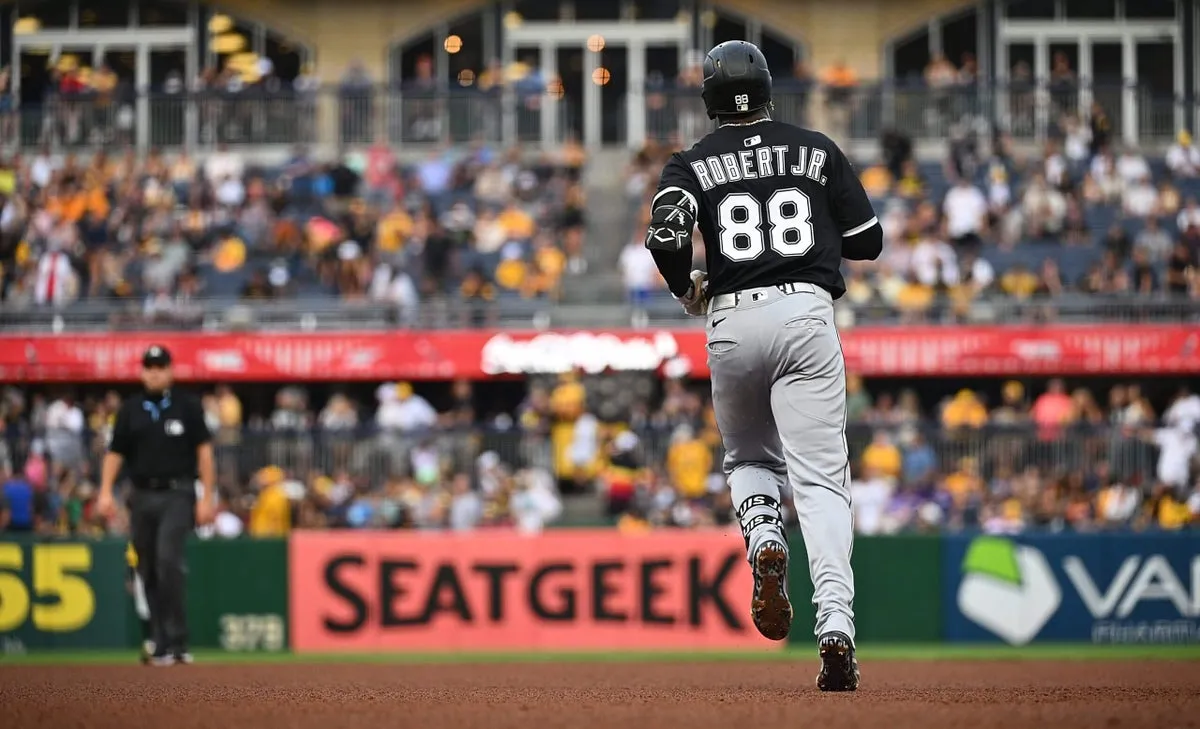
As the MLB trade deadline approaches, our dedicated reporting team, including Patrick Mooney, Will Sammon, Katie Woo, and Ken Rosenthal, brings you the latest insights and updates from around the league. One of the key figures involved in this trade season is St. Louis Cardinals president of baseball operations, John Mozeliak. His team faced significant challenges recently, particularly after being swept by the Arizona Diamondbacks in their first series post-All-Star break, which brought a clearer perspective to an otherwise muddled situation.
The unfortunate sweep by the Diamondbacks served as a critical moment for the Cardinals, leading Mozeliak to acknowledge the influx of calls from rival executives eager to capitalize on the Cardinals’ struggles. "People realized it was a tough weekend for us," said Mozeliak, emphasizing the fluidity of the current MLB trade market. As the season progresses, the competitive landscape is shifting, with 12 of the 15 American League teams either leading or closely trailing in the playoff race. In contrast, only three last-place teams in the National League can be classified as traditional sellers.
This summer's unusually high number of bubble teams has created a unique environment in the trade market. The relationships among high-ranking baseball officials often blur the lines between competition and camaraderie. Chicago Cubs president Jed Hoyer noted that executives often share light-hearted banter and genuine insights during trade discussions. "We’ve all been there," Hoyer remarked, referencing the complexities of navigating the trade deadline.
As the Cardinals face pivotal decisions, Mozeliak reiterated, "Where we are in the standings definitely affects our decision-making going forward." The team has made strategic choices to retain veteran players like Nolan Arenado and Willson Contreras while simultaneously trying to nurture young talent. However, their lack of significant investments raises questions about their commitment to revitalizing the team.
Trade discussions can be influenced dramatically by a team's recent performance. During this critical season, a single win or loss can have serious implications for a club’s direction. Hoyer illustrated this point by sharing how the Cubs adapted their strategy at the 2023 trade deadline, choosing to retain Cody Bellinger after an impressive eight-game winning streak.
Such strategic pivots highlight the necessity for teams to remain agile and responsive to the evolving landscape. Hoyer further explained, "If a team loses three in a row and they’re still in really good position, no one’s calling to ask." This underscores the reality that teams in contention are often more conservative in their trade approach.
In other trade discussions, the Chicago White Sox have received considerable interest in center fielder Luis Robert Jr.. Despite a rocky season, Robert has recently shown promise, boasting a .364 batting average over his last ten games. However, the White Sox are holding out for a more substantial return of prospects, indicating their cautious approach to trading Robert, who has had past struggles with consistency and health.
League sources suggest that if Robert continues to perform well, his trade value could significantly increase. However, some executives express skepticism about committing to a player with ongoing health concerns, questioning, “What are you really getting?”
The Tampa Bay Rays are also navigating their own challenges as the trade deadline nears. Currently sitting just outside of playoff contention, the Rays are considering options to bolster their bullpen. They recently made a trade with the Orioles for right-hander Bryan Baker, but their plans may hinge on their performance over the upcoming week. The club is particularly keen on retaining closer Pete Fairbanks, who is in the final year of his contract but has a club option for 2026.
In addition to focusing on relief pitching, the Rays are also exploring potential upgrades for their position players, depending on how quickly they can rack up wins. Following their latest victory over the White Sox, the Rays improved to 53-49, just half a game away from a playoff spot.
As we inch closer to the MLB trade deadline, teams are making critical assessments of their rosters and potential trade scenarios. The dynamics of the trade market are ever-evolving, influenced by team performance, injuries, and the strategic decisions made by front offices. Stay tuned for more updates as the deadline approaches, as the landscape of Major League Baseball continues to shift dramatically.